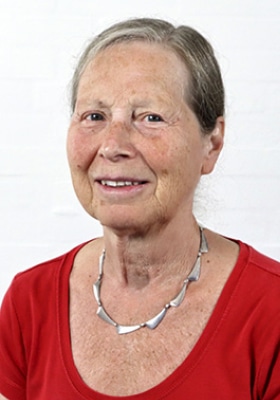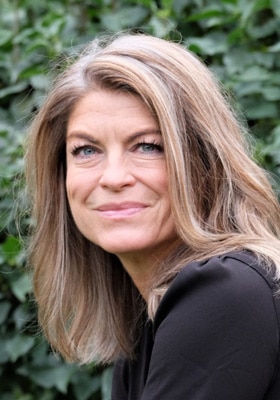Placed children and young people - The Children's Act & the importance of being together for attachment and development
With the Children's Act, children who have been placed have the right to pause contact with their biological parents. With this course day, we address how you, as a professional, create the best possible conditions for the child during placements, so that you both secure the child's rights and are aware of the challenges that can arise when contact is interrupted.
You will be in the company of two experts, namely lawyer Bente Adolphsen and psychologist Henriette Lieblein Misser . During the course, they will, among other things, into:
- Socializing with parents and with others
- Supported contact and supervised contact
- The importance of togetherness for the child's attachment, including different forms of attachment and the latest research on congenital, genetic vulnerabilities
- How can a child develop resilience in the face of the challenges that being together can bring?
- How should you as a professional react to the things you observe before, during and after a meeting?
Read along below, where there is more information about today's content and the two teachers.
Placed children and young people - The Children's Act & the importance of being together for attachment and development
Togetherness is an important prerequisite for a successful placement. With the new Children's Act, there will be a number of new provisions on the child's rights in the social case - including the child's right to have contact be put on hold. So how do you, as a professional, create the best possible conditions for the child during placements, so that you both secure the child's rights and are aware of the challenges that can arise when contact is put on hold?
Together with cand.law. and expert in children's matters Bente Adolphsen and psychologist Henriette Lieblein Misser, we go in depth with legal, psychological and practical issues connected with contact between children/youths in care and their family and network.
Togetherness - with a focus on the child's development:
Placement of children and young people is a major intervention for both the person placed and his or her family. A placement is often very complex and always emotionally challenging for those involved. An important prerequisite for the purpose of the placement to be fulfilled lies in the establishment of a developing relationship. It therefore places great demands on the municipality's follow-up and the decisions that are made during the placement. It is of crucial importance that contact is always focused on the purpose of the placement, so that realistic goals are set and work based on what is beneficial for the child's development. It is also important that the municipality considers whether other forms of contact can be beneficial for the child.
One of the major difficulties during a child's placement is often to get the contact between the biological family and the child to be in the best interest of the child, so that the contact actually supports the child's development. There can be many reasons why being together becomes problematic and perhaps even burdensome. The placed child must have the opportunity to contact and spend time with parents and networks - even if this can be problematic, but as a professional you have to deal with the child's/youth's right to pause the visitation and what consequences can have for attachment and development.
Yield:
The morning's program deals with the rules in the Children's Act on access and other contact, the purpose of placement, involvement of the child, etc. The focus is on how decisions about visitation, contact, etc. with the child can support the purpose of the placement and are carried out in a way that the visitation is in the best interests of the child - while at the same time securing the child's legal rights. Among other things, we cover:
- contact with parents - scope, terms and decision
- association with others – procedure and determination, decision
- supported visitation – conditions and decision
- supervised contact
- parents without parental authority
After lunch, you will be presented with perspectives on the togetherness and its function, so that you can take these with you into your work with children in care and their togetherness with parents. When the togetherness - and what the togetherness results in - is thought into the goals for the placement as a whole, you can more appropriately work with the togetherness from a developmental perspective. In this way, the risk of collapse can be reduced in, for example, a family care placement. We will, among other things, into:
- the importance of togetherness for the child's attachment. The different forms of attachment and the traumatized child. The latest research around congenital genetic vulnerabilities – and thus new perspectives on inheritance/environment
- the assessment of the child's interaction with its carers
- how much stress can the traumatized child handle and still be developing?
- How can a child develop resilience in the face of the challenges that being together can bring?
- how should we as professionals react to the things we observe before, during and after a meeting?
- how is the togetherness together with the "parental part" in the action plan?
Today's teachers

Bente Adolphsen
CAND.JUR. - LEGAL CONSULTANT, LECTURER
Bente Adolphsen is one of Denmark's absolute leading lawyers in the field of work with vulnerable children and young people and is, among other things, expert in children's cases.
She is also a legal consultant at Seminarer.dk, and it is possible to buy a course with her at the municipality if you and your colleagues want to gain more knowledge about the legal changes in connection with the Children's Act.

Henriette Lieblein Miss
CAND.PSYCH.AUT.
Henriette Lieblein Misser has more than 20 years of experience in the field of treatment – primarily with children with special support and treatment needs, who are often placed or in school day care. Today, Henriette is self-employed with her own practice and works, among other things. with the areas of conversation therapy, supervision and teaching.